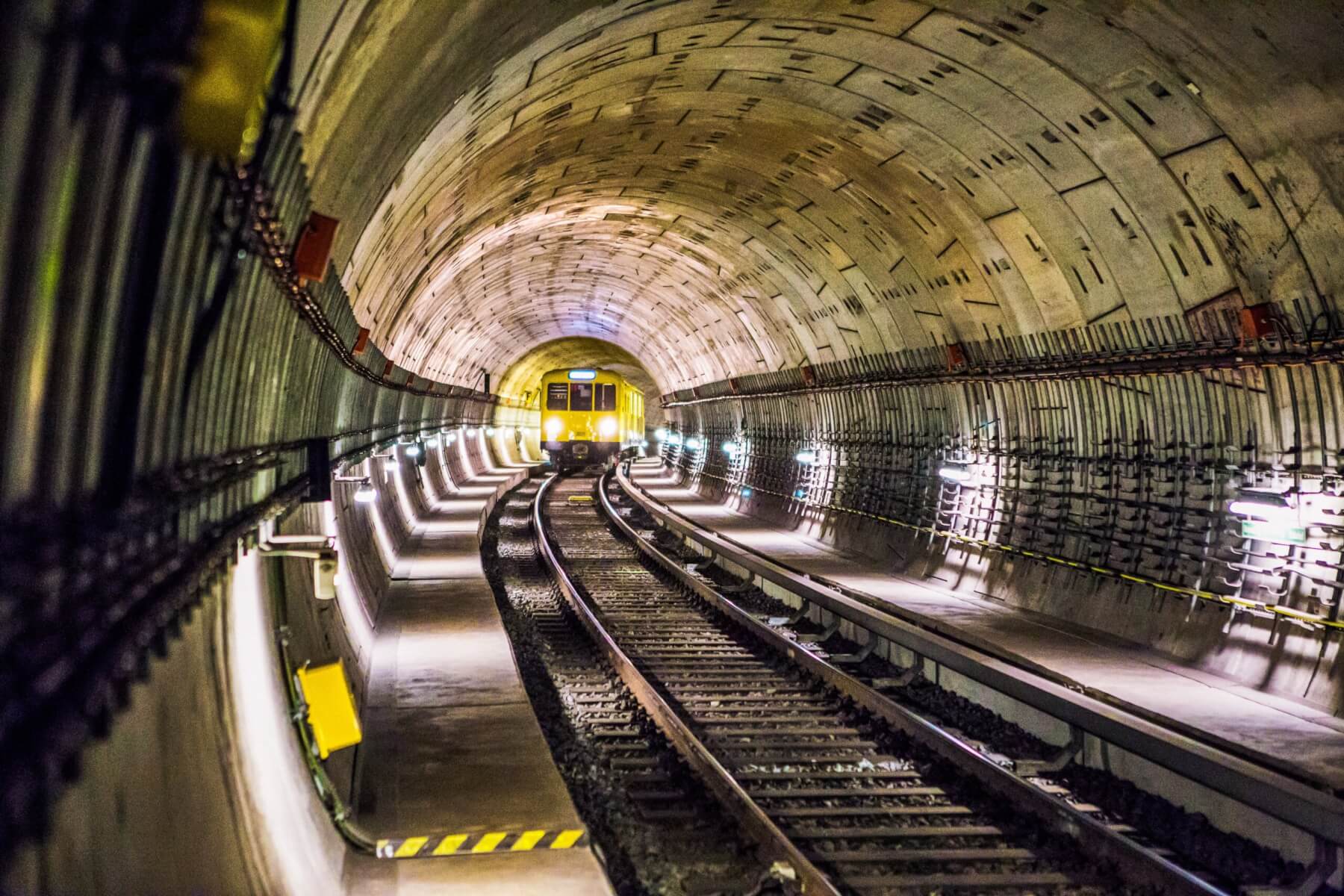
Photo: Josh Sorenson, Pexels.

Mike Keir
Our infrastructure costs are the highest in the developed world.
How did this happen? To fully understand we need to go back to the last significant reforms of the 1980s. The Ministry of Works was split into state owned entities – Works Civil Construction (now Downer) and Works Civil Consultancy (now WSP) and prepared for sale. At the same time local authorities were required to either sell off their civil construction divisions or set them up as local authority trading enterprises. I successfully managed one of these businesses in the 1990s.
The impact of these reforms was to move from a socialist model of government owned infrastructure service delivery and maintenance to a capitalist one provided by private sector organisations. It involved major structural reform by splitting the industry into the silos of client, consultant and contractor organisations which was in line with international thinking at the time.
In the 1990s the reforms delivered real value as the old public sector model had become inefficient and bloated. However, by the 2000s cracks were starting to show, particularly in the area of training which the public model had done very well at. Industry stepped up here and invested in training systems led by companies like Opus (now WSP) but we still do not train enough. At this time the effects of compliance and regulation were starting to noticeably impact on efficiency.
Now over another decade later this model is past its use by date. It is actually broken, delivering very poor value in terms of outcomes for each dollar spent. The silos operate independently in their own self-interest and any innovation is stifled by compliance and regulation. This is driven by the approach taken to risk. Councils want to minimise their risk so pay consultants to advise them as they do not have the engineering skills to fully understand the nature of that risk. Consultants are also risk averse and will over design to mitigate this which also serves to increase the fees they can charge making it in their interest to do so.
The other problem is time. These different entities do not work well together and the processes involved mean that even simple projects can take a long time to consent and facilitate. Time adds cost. If you want to minimise costs, be fast and good.
This is near impossible in our current siloed environment although the recent bridge constructed on SH25a is a rare outlier showing that it can be done.
We do not reward excellence, we worship a conservative, safety first model – and that costs.
For example, at the other end of the spectrum, the Hamilton motorway, two years overdue with a budget blowout of $700 million and then Transmission Gully, budget blowout $500 million.
On top of this we have inflation eating away at any increased funding we can come up with.
What is the solution? I am advocating for 20 per cent plus rate increases for Waikato District Council. This is what we need to maintain our tired and non-compliant infrastructure.
Hopefully it will also stimulate ratepayers to revolt. The rating model is also broken. We need radical reform, not the pathetic effort the last government made where the Resource Management reforms would have made the situation worse.
Instead of adding more bureaucracy in the form of Regional Planning Committees, take it out by remerging local and regional councils.
Set up a dedicated motorway division focused on efficiency and quality, allow them to operate without all the stupid compliance rules and keep them building motorways for the next 20 years and they can train while they are at it.
Highly skilled, motivated teams do not need to be told how to do stuff, they do it. Take away the shackles and handcuffs. Shock horror, these entities could even be government owned. The corporates have proven they are not the gurus of efficiency. Get offshore investment and expertise to help with both road and rail tunnels through the Kaimai’s. Relook at the way we fund infrastructure.
Change the risk model so councils are not the last man standing. Their level of risk should be proportional to their role, then you will be able to get rid of some red tape.
Let’s get innovative.

Photo: Anna-m.w. Pexels.com








